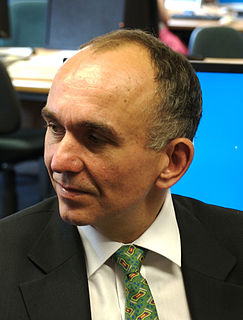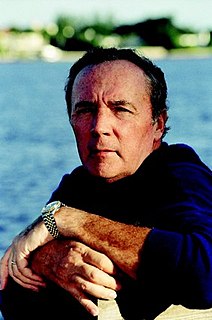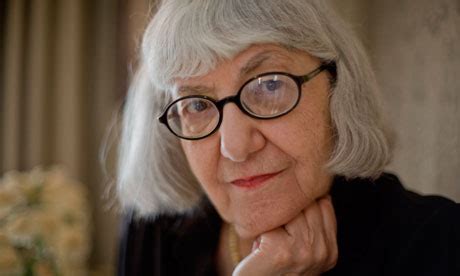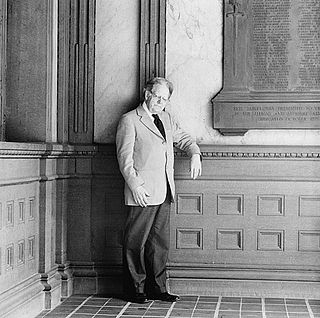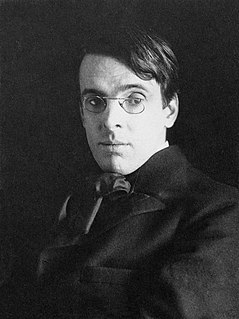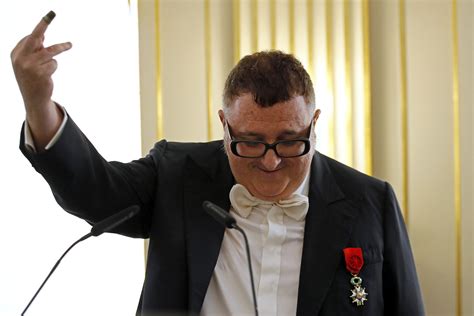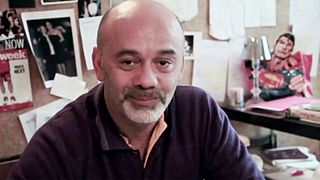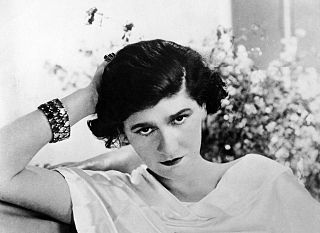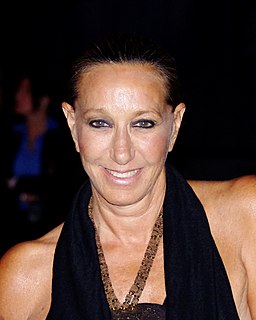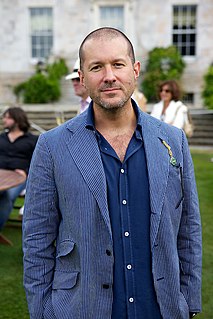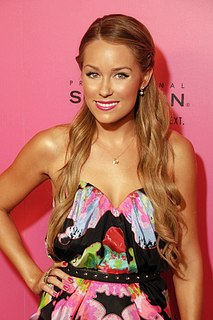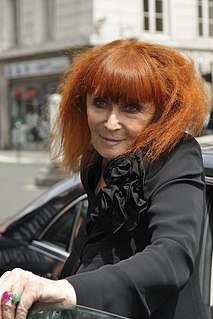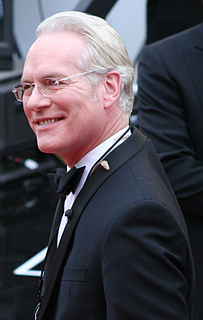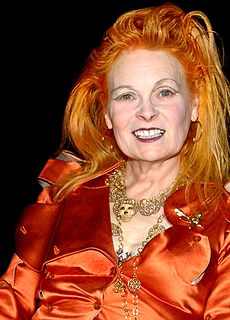A Quote by Peter Molyneux
The thing about 'Fable' is that it was such a rich world. It was, well, what the name says it is. It's all about Fable and Albion and this idea of legends and humor.
Related Quotes
Alice in Wonderland Syndrome. This is a mental illness. It is like looking through the wrong end of a pair of binoculars. It is as if you are living in a fantasy world of a fable. This is an interesting and sad syndrome. I’m sure that I have that syndrome. If it’s not it, then why the heck does my every moment with the ordinary girl feel like a fable?
Imagine an American Hans Christian Andersen, conceive of the Brothers Grimm living in Missouri, and you will approximate Howard Schwartz, a fable-maker and fable-gatherer seduced by the uncanny and the unearthly. In Lilith's Cave, he once again reaches into a magical cornucopia of folklore and fantasy and spreads before us, in enchanting language, the marvels and shocks of dybbuks, ghosts, demons, spirits, and wizards.
